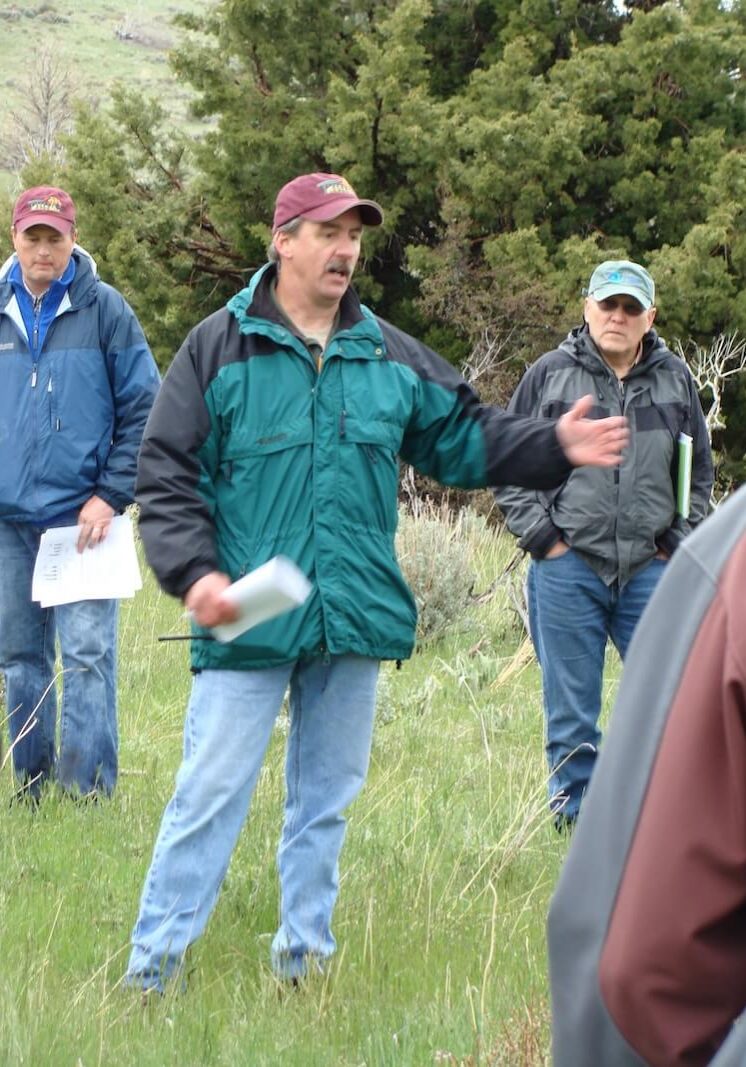
Citizens' and Managers' Perspectives
Each of the management options we are evaluating is potentially controversial and could be opposed by some citizens or managers for use on public lands. Even when science suggests that certain management actions will benefit the land, resistance from citizens' groups can make it difficult to take such actions in all of the places where they might be beneficial.
To help managers understand the societal environment in which sagebrush-steppe restoration will take place, we are studying the acceptability of our experimental treatments to various rangeland constituencies as well as to citizens generally. We will also explore how citizens' judgments and legal/regulatory factors affect land managers' decisions about fuels reduction and sagebrush ecosystem restoration.
This research is designed to address the following questions:
- How do key stakeholder groups assess tradeoffs associated with alternate approaches to restoration? [more...]
- How do citizens generally judge acceptability of alternate approaches to restoration? [more...]
- What institutional factors (laws, regulations, policy statements, etc.) are likely to influence managers’ decisions whether to propose alternate treatments?
- How do grazing permittees assess tradeoffs associated with alternate approaches to restoration on public lands?
- What differences exist in the understandability, credibility, and helpfulness of various methods for communicating about alternate approaches to restoration?
- How do citizens judge the acceptability of alternate approaches to restoration after having observed the progress of those approaches?
Publications related to the sociopolitical research can be found on our SageSTEP Publications page.
